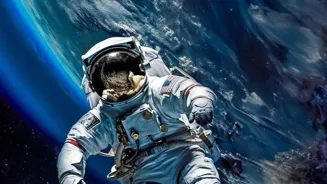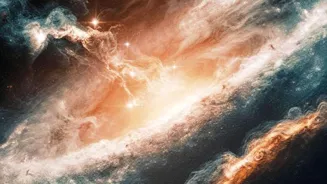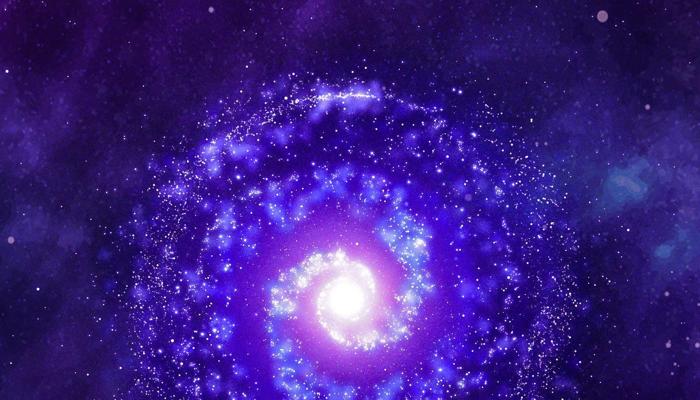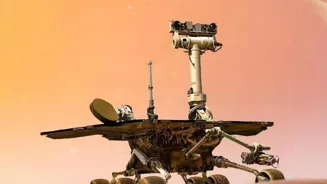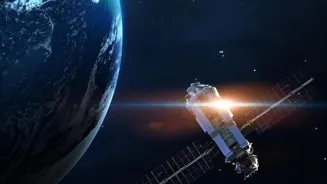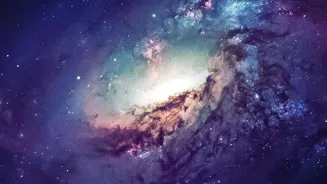Delve into Space Missions Unraveling Gravity's Mysteries: An Indian Perspective. Discover cosmic revelations and Indian contributions!
For centuries, gravity, that invisible force tugging at our feet, seemed
pretty straightforward. Newton gave us his famous law, picture an apple falling, quite simple, innit?
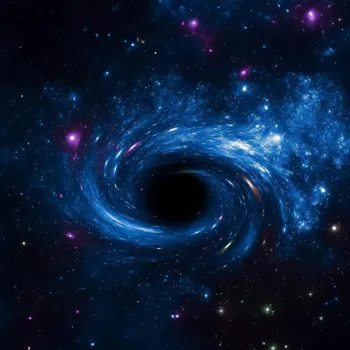
But space missions, especially those daring ventures beyond Earth's cozy atmosphere, have thrown a delightful spanner in the works. They've revealed gravity is far more quirky and complex than we ever imagined, making us rethink fundamental concepts.
From the tiniest shifts in satellite orbits to the mind-bending phenomena around black holes, space exploration has provided a cosmic laboratory for testing and refining our understanding of this universal force.
Indian scientists, too, are playing a crucial role in these discoveries, contributing to the global effort to decode gravity's secrets.
Observing planet movements led to validating Einstein's theory of relativity
One of the initial eye-openers came from observing the movements of planets. Classic Newtonian physics could predict their paths with reasonable accuracy. But as telescopes became more precise and data more abundant, tiny discrepancies emerged.
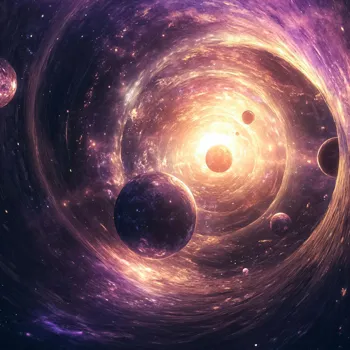
Mercury, closest to the sun, displayed a particularly perplexing wobble in its orbit that couldn't be fully explained by Newton's laws. This anomaly became a key piece of evidence supporting Einstein's theory of general relativity.
Space missions, by precisely tracking planetary positions over long periods, provided the data needed to validate Einstein's predictions. Moreover, these observations have allowed scientists to refine the models of our solar system.
These refinements have improved our ability to predict the movements of asteroids which are vital for the safety of our planet.
General relativity explains gravity as spacetime curvature by mass; tested in extreme conditions
General relativity portrays gravity as not just a force but as a curvature of spacetime caused by mass and energy. Imagine a bowling ball placed on a stretched rubber sheet. It creates a dip, and if you roll a marble nearby, it will curve towards the bowling ball.
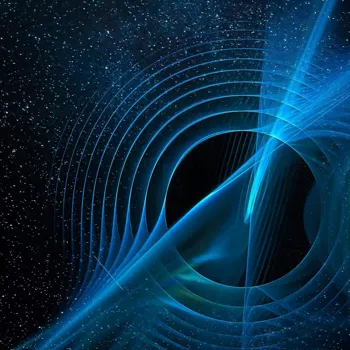
This is analogous to how massive objects warp spacetime and influence the motion of other objects. Testing this theory required observing gravity in extreme conditions where its effects are amplified.
Space missions, with their access to regions of intense gravitational fields, have been instrumental in this regard. Sending probes near massive planets or studying the behavior of light around black holes allow us to see relativity in action.
We can observe the bending of light caused by gravity, which is a direct consequence of the curvature of spacetime, which is a fundamental aspect of Einstein's theory.
Gravitational lensing reveals dark matter with space telescopes
One particularly fascinating area of research is gravitational lensing. Massive objects, like galaxies or clusters of galaxies, can act as cosmic lenses, bending and magnifying the light from objects behind them.
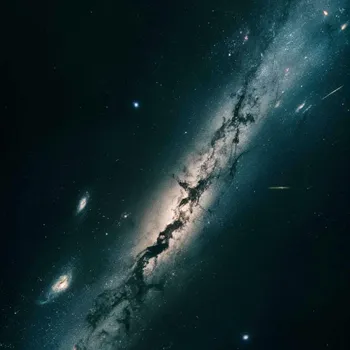
Space telescopes, like the Hubble and the James Webb Space Telescope, have captured stunning images of these lensed galaxies, revealing details that would otherwise be invisible.
Analyzing the distorted images allows scientists to map the distribution of dark matter, an elusive substance that makes up a significant portion of the universe's mass and interacts with gravity but does not interact with light.
Space missions are not only helping us to understand gravity but also helping us to reveal the elusive dark matter.
Black holes and gravitational waves expand our knowledge of gravity
Black holes, regions of spacetime where gravity is so strong that nothing, not even light, can escape, provide another extreme testing ground for our understanding of gravity.
Observing the behavior of matter as it falls into a black hole, the way spacetime is warped, it can create ripples in the fabric of spacetime known as gravitational waves.
The detection of gravitational waves, first achieved by the Laser Interferometer Gravitational-Wave Observatory (LIGO), has offered a whole new window into the universe, allowing us to study cataclysmic events like the collision of black holes and neutron stars.
Space-based gravitational wave detectors, like the proposed Laser Interferometer Space Antenna (LISA), promise to be even more sensitive, opening up the possibility of detecting gravitational waves from the earliest moments of the universe, providing information about the origins of the universe.
India excels in gravitational studies and space exploration, focusing on sun research and exoplanets
India is steadily making its mark in the field of gravitational studies and space exploration. The planned Aditya-L1 mission to study the sun is sure to provide valuable data on the sun's gravitational field and its interaction with solar phenomena.
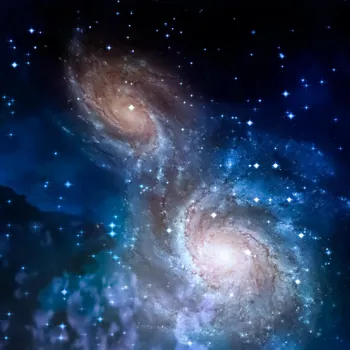
Future missions are expected to concentrate on studying exoplanets and the search for water on exoplanets. Indian scientists and engineers are developing advanced technologies for space-based observations, including high-precision sensors and data analysis techniques.
By working together with international partners, India is actively contributing to the global effort to unlock the universe's gravitational secrets. Further research on gravity is on-going and we may yet find new ways to travel the universe.
AI Generated Content. Glance/InMobi shall have no liability for the content